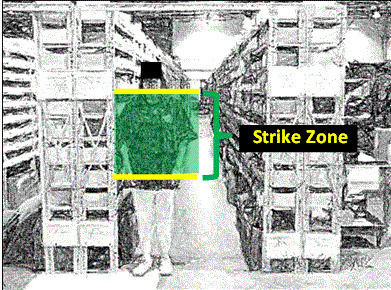May 1 2014
Formula 1 Pit Stop 1950 to 2013
William Botha posted the following Youtube video in the TPS Principles and Practice discussion group on LinkedIn:
It contrasts a Formula 1 racing pit stop at the Indianapolis 500 in 1950 with one in 2013 in Melbourne, Australia. The time the car was stopped went from 67 to 3 seconds.
The 1950 pit stop used 4 people for 67 seconds, which works out to 4 minutes and 28 seconds of labor. If we include the external setup — before the car arrives — and the cleanup afterwards, the 2013 pit stop used 17 people for 44 seconds, or 12 minutes and 28 seconds of labor. In terms of labor costs, the 2013 pit stop was therefore less “efficient.” In a race, however, cutting the car stoppage time by a factor of 22 is priceless.
Car racing is often used as a metaphor for manufacturing, with machine changeovers as pit stops. In fact, many of the pit stop tricks are used in SMED, from prepositioning everything you need to using quick attach and release tools.
More generally, we can see the production operators as the drivers working to make the product cross the finish line, and everybody else in logistics, maintenance, QA, etc. in the role of the pit crew. This casts the time of operators and materials handlers, for example, in a different light. The operators on a line work in sequence, so that, if you delay one, you delay the entire line. The materials handlers, on the other hand, work in parallel and, if one waits, it does not affect the others.
The pit crew must be ready and waiting when the car arrives, so that it can spring into action, and the car should never be waiting for the crew. Likewise, an operator on an assembly line should never wait for parts, and cutting down on materials handlers to save money is counterproductive. A key point of Lean Logistics is to focus on effectiveness first. You pursue efficiency later, but never at the expense of effectiveness, because it doesn’t pay for the organization as a whole.










Jun 27 2014
Fundamental failings in “Lean” procurement | Supply Chain Digital
“The famous Lean approach, adopted by companies all over the world, considers the expenditure of resources on anything that doesn’t create value for the end customer as waste and seeks to eliminate unnecessary processes within this framework.
The concern, however, is that companies are losing out by either not fully understanding the practice or not committing themselves enough to the change in thinking adopting it requires.”
Source: www.supplychaindigital.com
The points in the article are valid, and could be summarized by saying that, in procurement/supply chain management/logistics, efficiency should never be pursued at the expense of effectiveness.
The more fundamental mistake, however, is the half-baked notion that “anything that doesn’t create value for the end customer is waste.” Any business activity involves tasks the customer is never aware of, let alone values, and a narrow-minded focus on what customers are “willing to pay for” blinds managers to the need and the benefits of, for example, supporting suppliers.
Customer willingness to pay is not an actionable criterion to identify waste. An activity is waste if, and only if, your performance does not degrade in any way when you stop doing it. If eliminating it does not degrade your quality, increase your costs, delay your delivery, put your people at risk, or make your employees want to quit, then it is waste. But, even with a proper perspective on waste, eliminating it only improves only efficiency, not effectiveness. It’s about getting things done right, not getting the right things done.In a manufacturing company, procurement/supply chain management/logistics is the pit crew supporting production, and the business benefits of doing this job better dwarf any savings achieved through efficiency.
Reducing order fulfillment lead times, introducing new products, or customizing them helps the business grow. And it may require spending more rather than less on the supply chain, for example by moving trucks that are not 100% full.
Share this:
Like this:
By Michel Baudin • Press clippings 0 • Tags: Effectiveness, Efficiency, Lean, Lean Logistics, Logistics, Produrement, supplier support, Supply chain